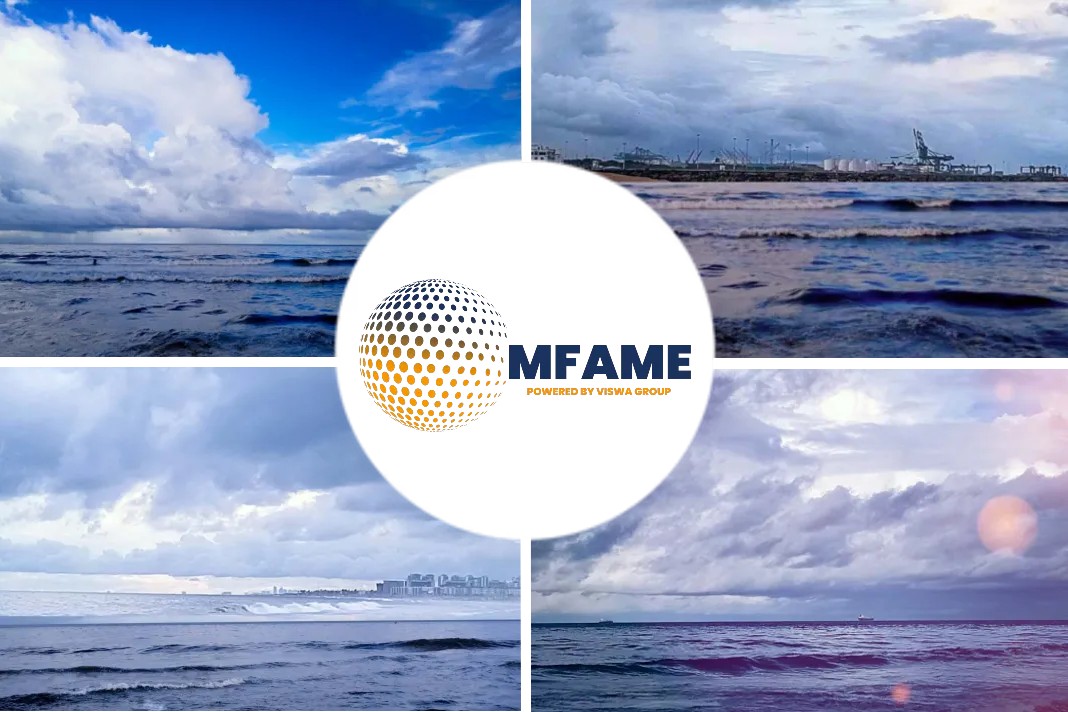- A lot of the uncertainties have concerned the availability, cost and the characteristics of compliant fuels.
- Non-compliance usual methods include vessel detention with the threat of banning orders for repeat offenders and financial penalties.
- IMO has also included guidance on the action to be taken in the event of a scrubber failure.
- The flag State and port State retains the discretion to take what they consider to be an appropriate action.
- Moreover, issues such as increased fuel consumption, discretion, guidelines, and sensitivity of the sensors have also been explored.
According to an article published by Ship and Bunker News, stating the obvious, the 2020 global sulphur cap is a huge game-changer in the shipping industry.
But for regulation to be effective, it needs to be backed up by effective enforcement. If enforcement is weak, compliance will be low and this will create a very uneven playing field.
What can we expect on enforcement with vessels fitted with scrubbers that will continue to burn high sulphur fuel?
There are already plenty of arguments on whether affording ‘equivalent status’ to scrubbers is skewing the level playing field, but that is a whole different matter. Some have raised concerns that it will be too easy for vessels to operate with a defective or ineffective scrubber or even with it switched off – therefore contravening the regulations – and get away with it.
The answer seems to lie with tamper-proof data collection. A vessel will need this data to satisfy inspecting authorities, such as port State control (PSC), that its scrubber is fully operational and that it was in use throughout the voyage. As ever, the evidence is key.
Tackling the uncertainties
The 0.50% sulphur cap is almost upon us. Over the last 18 months we have been engaging with our members on this subject and a particular theme has been consistent throughout –
uncertainty. A lot of the uncertainties have concerned the availability, cost and the characteristics of compliant fuels (which remain). However, a major uncertainty surrounds enforcement – both how it will be done and the consistency of enforcement.
How non-compliance is dealt?
It will be wholly dependent on the jurisdiction. The usual methods include vessel detention (with the threat of banning orders for repeat offenders) and financial penalties. The level of financial penalty is likely to vary significantly across the globe and may escalate with repeated violations.
To help alleviate some of the uncertainties on enforcement, the IMO provided some guidance at the MEPC 74 meeting in May to try to ensure consistency. This included guidance on the action to be taken in the event of a scrubber failure, so hopefully, genuine problems can be treated fairly. Importantly, PSC is being guided not to consider short-term temporary emission of the regulations – these fluctuations are to be expected.
However, the flag State and port State retains the discretion to take what they consider to be an appropriate action. This, of course, includes not taking any action. Another key point from the guidance is that any scrubber malfunction that lasts more than one hour or has repetitive malfunctions, should be reported to the flag State and port State along with details on what the vessel intends to do to remedy the problem. If there is a malfunction that cannot be rectified within an hour, then the vessel should change over to compliant fuel, unless relevant authorities agree in advance that the vessel can continue burning high sulphur fuel.
Issues of increased fuel consumption
There is, of course, a risk that this might discourage some vessels from reporting malfunctions accurately. There is also the issue of increased fuel consumption (up to 5%) when the scrubber is running, resulting in higher operating costs. This might be enough of an incentive for some vessels to switch them off for periods on passage.
So, there must be a means for PSC to check the status of the vessel’s scrubber throughout the voyage. This is addressed in Sections 7 and 9 of the IMO’s “2015 Guidelines for Exhaust Gas Cleaning Systems“. Section 7 focuses on data recording devices, stating that they should be tamper-proof and be capable of recording the following against time (UTC) and ship’s position by GPS:
- Content of Sulphur Dioxide SO2 (ppm) and carbon dioxide CO2 (%) in the emissions
- Wash water pressure and flow rate at the scrubber’s inlet connection
- Wash water discharge pH, PAH, and turbidity
- Exhaust gas pressure and temperature before and after the scrubber
- Engine or boiler load
Section 9 looks at the vessel’s SOx emissions compliance plan (SECP), which should include
details on how continuous monitoring for compliance purposes is achieved and how it is
recorded.
Sensitive sensors
It is clear that there is a huge amount of reliance on sensor technology and we are all too aware how sensors can be vulnerable to damage or failure – particularly if working in the harsh conditions experienced in a scrubber tower. A good quality scrubber installation will help reduce this risk of sensor failure as will ensuring sufficient spare parts are available onboard.
Fortunately, in the event of a single sensor failure, all is not lost; compliance can be evidenced using data from other sensors as many parameters relate to each other. As you can see, the evidence is indeed key. Maintaining proper and accurate evidence and ensuring early reporting of any scrubber/sensor malfunction should assist with credibility, which will be important if authorities are to be persuaded to take no action
Did you subscribe to our daily newsletter?
It’s Free! Click here to Subscribe!
Source: Ship&BunkerNews

















